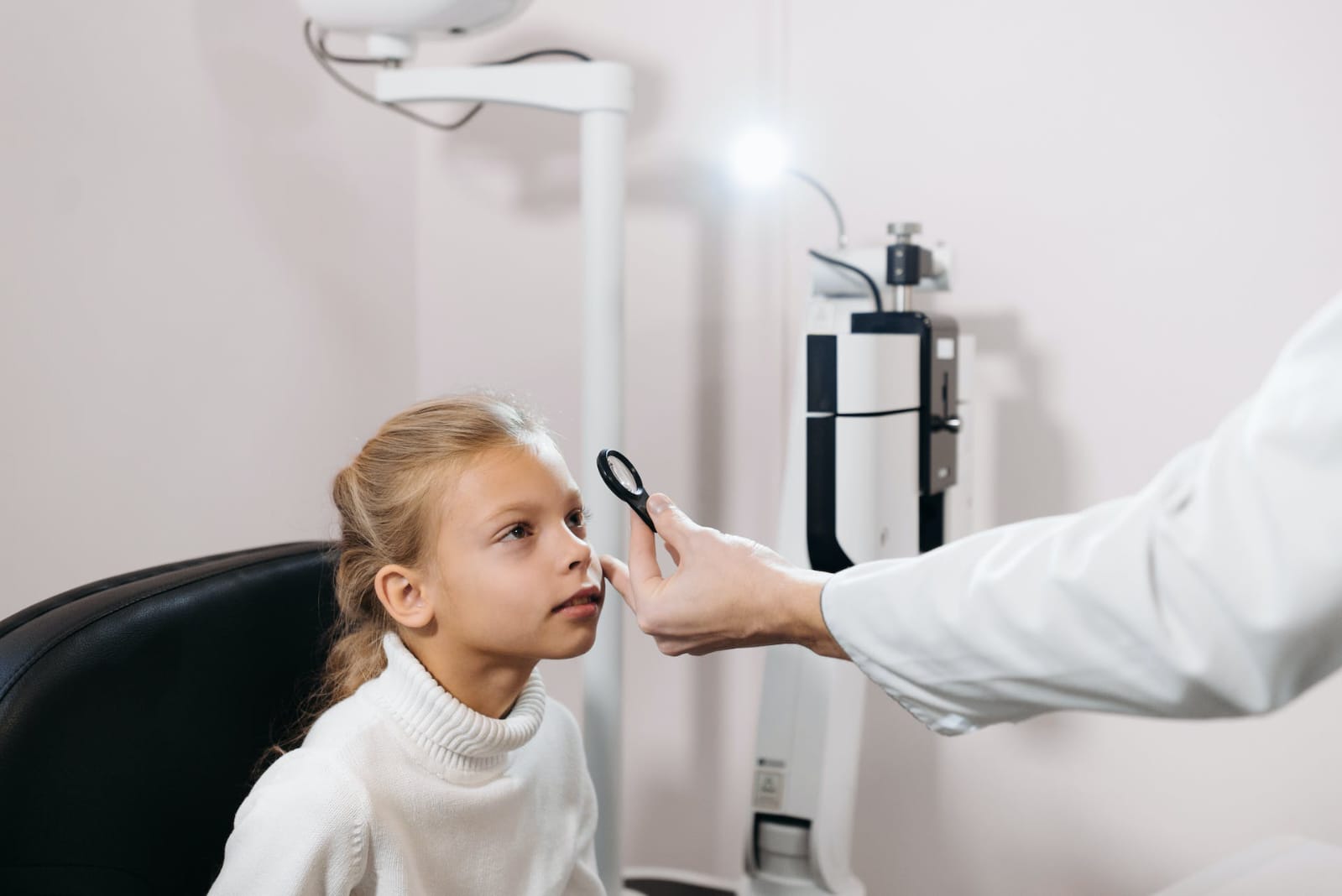
In this digital age children are growing in an age that screens are an element of everyday life. From tablets and smartphones to televisions and computers, screens are a great source of education, entertainment, as well as communication. However, the overuse of screens, especially among children, has raised questions regarding the impact it has on the health of eyes. The following article we’ll look at how too much screen time can affect children’s eyes, and provide advice on how to maintain healthy screen habits.
The Prevalence of Screen Time Among Children
It’s not a secret that screens are now a commonplace feature within the daily lives of kids. As per the American Academy of Paediatrics (AAP) The daily screen time of youngsters in United States ranges from 4 to 6 hours a day based on age. This extensive use of screens provoked debates about the potential effects on the children’s visual and overall health.
Digital Eye Strain: A Common Consequence
One of the most significant problems related to the excessive use of screens by children is the problem of digital eye strain sometimes referred to as computer-vision syndrome (CVS). Digital eye strain can cause various symptoms, such as:
- Eye Fatigue: The use of screens for long periods can result in tired eyes and fatigued eyes making it difficult for children to focus on other activities.
- Eye Dryness: Screens can cause a reduction in the blinking rate, leading to dry eyes and irritation.
- Headaches: Screen time can trigger headaches, especially if kids are subjected to glare, or screen usage in dark surroundings.
- Blurry Vision: Extended screen usage can cause temporary blurred vision, which makes it difficult to see distant objects.
How Does Screen Time Impact Eye Health?
Many factors can contribute to the negative effects of screen time children’s eyes:
- Blue Light: Exposure Screens emit blue-coloured light that is believed to alter sleep patterns and may cause strain on the eyes of digital devices. Exposure to blue light for long periods particularly prior to bedtime could disrupt your body’s natural circadian rhythms, making it difficult for children to sleep.
- Blink Rate: Reduced In the case of being occupied by screens, children are likely to blink less often. Blinking is crucial to hydrate the eyes and stop dry eyes. Insufficient blinking can cause dry, uncomfortable eyes.
- Close-Up Viewing: Children frequently keep the screens close to their faces than when using print-based materials. Close-up viewing may cause more strain of the eye’s focus mechanism, creating strain on the eye.
- Reduced Outdoor Time: Excessive screen time often replaces outdoor activities. Being outdoors can be beneficial to children’s overall health and eye health, because it gives them a break from the stress of screens.

Preventing Eye Strain in Children
While screens are a vital aspect of our lives but there are steps that parents and caregivers can take to reduce the adverse effects of prolonged screen time for children’s eyes:
- Set the Screen Time Guidelines: Follow the guidelines of the AAP for screen time. The guidelines suggest limiting the use of screens for children ages 2 to 5 minutes to a single hour a day of quality programming. For children older than that, set reasonable limits for the day which allow for an appropriate amount of screen time.
- Encourage Frequent Breaks: Children should be encouraged to take frequent breaks from their screens. A “20-20-20” rule is a good guideline to follow for Every 20 minutes you should look at something from 20 feet for at least 20 seconds.
- Screen Ergonomics: Ensure that screens are set at eye level and that the distance of view is adequate. Set the screen’s brightness and contrast to minimize eye strain and glare.
- Encourage Outdoor Play: Inspire children to be outdoors playing physical games. Outdoor play is not just good for their overall health, but it also gives them a break away from screens.
- Establish a bedtime Routine: Limit screen time during the days leading up to bedtime, to reduce the exposure to light which can disturb sleep patterns. Set up a bedtime routine that is relaxing which does not include screens.
- Plan Regular Eye Exams: Regular eye exams with an optometrist, or Ophthalmologist are vital to check the health of children’s eyes. The early detection of and treatment could treat vision issues prior to them becoming worse.
Conclusion
The excessive use of screens can cause eye strain in children which can cause eyestrain from digital screens and other uncomfortable symptoms. If you follow the rules to ensure healthy use of screens as well as encouraging outdoor activities and having regular eye exams Parents and their caregivers can reduce these effects and ensure their children’s eyes health. Making sure that screen time is balanced with other activities, and encouraging healthy habits for screen use will ensure that screens remain beneficial without compromising the health of children.
![Инстаграм Блог - Исправьте свои проблемы [Советы и рекомендации]](https://wikigeneral.net/wp-content/uploads/2023/05/cropped-Инстаграм-Блог-Исправьте-свои-проблемы-Советы-и-рекомендации.webp)





